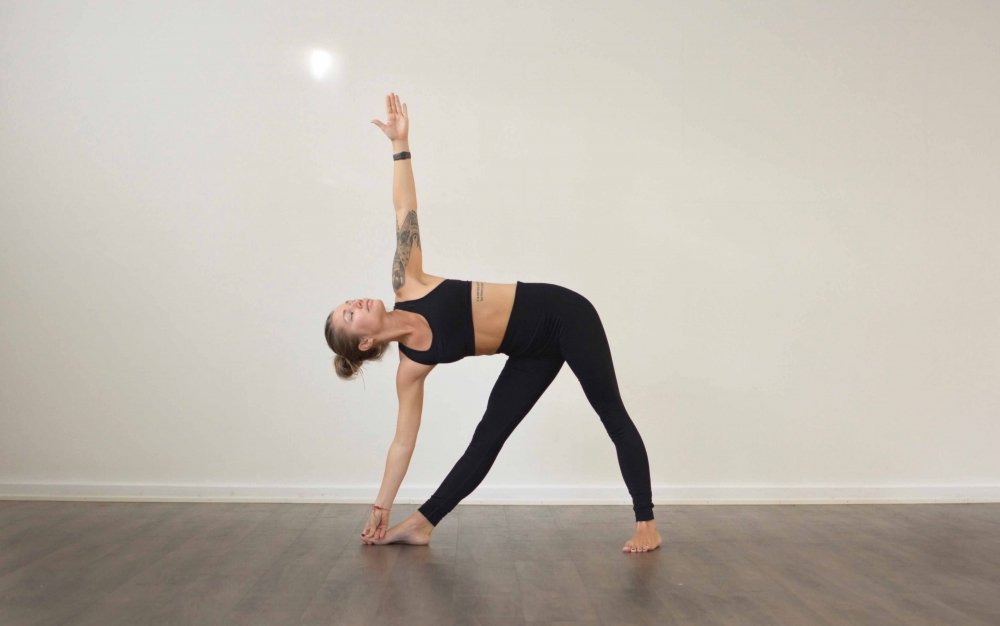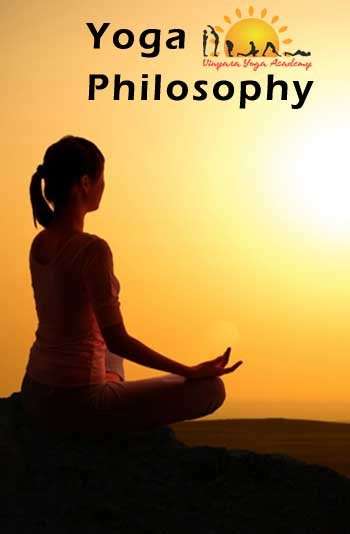
Trikona – Triangle; Asana – Pose
The asana is pronounced as Tree-kone-ahs-ana
Unlike most yoga postures, the Triangle Pose requires keeping the eyes open in order to maintain body balance.
swiss made rolex replica 10 euro.swiss made 安価な電子タバコ発光モジュール online.
How to do the Triangle Pose (Trikonasana)
- Stand straight. Separate your feet comfortably wide apart (about 31/2 to 4 ft).
- Turn your right foot out 90 degrees and left foot in by 15 degrees.
- Now align your center of right heel with the center of your arch of left foot.
- Ensure that your feet are pressing the ground and the weight of your body is equally balanced on both the feet.
- Inhale deeply and as you exhale, bend your body to the right, downward from the hips, keeping the waist straight, allowing your left hand to come up in the air while your right hand comes down towards floor. Keep both arms in straight line.
- Rest your right hand on your shin, ankle, or the floor outside your right foot, whatever is possible without distorting the sides of the waist. Stretch your left arm toward the ceiling, in line with the tops of your shoulders. Keep your head in a neutral position or turn it to the left, eyes gazing softly at the left palm.
- Ascertain that your body is bent sideways and not backward or forward. Pelvis and chest are wide open.
- Stretch maximum and be steady. Keep taking in long deep breaths. With each exhalation, relax the body more and more. Just be with the body and the breath.
- As you inhale, come up, bring your arms down to your sides, and straighten your feet.
- Repeat the same on the other side.
Benefits of the Triangle Pose (Trikonasana)
- Strengthens the legs, knees, ankles, arms, and chest
- Stretches and opens the hips, groins, hamstrings, and calves; shoulders, chest, and spine
- Increases mental and physical equilibrium
- Helps improve digestion
- Reduces anxiety, stress, back pain and sciatica.
Contraindications of the Triangle Pose (Trikonasana)
- Avoid doing this pose if you are suffering from migraine, diarrhea, low or high blood pressure, or neck and back injuries (those with high blood pressure may do this pose but without raising their hand overhead, as this may further raise the blood pressure).
 +91-8755744872
+91-8755744872
 contact@vinyasayogaacademy.com
contact@vinyasayogaacademy.com




